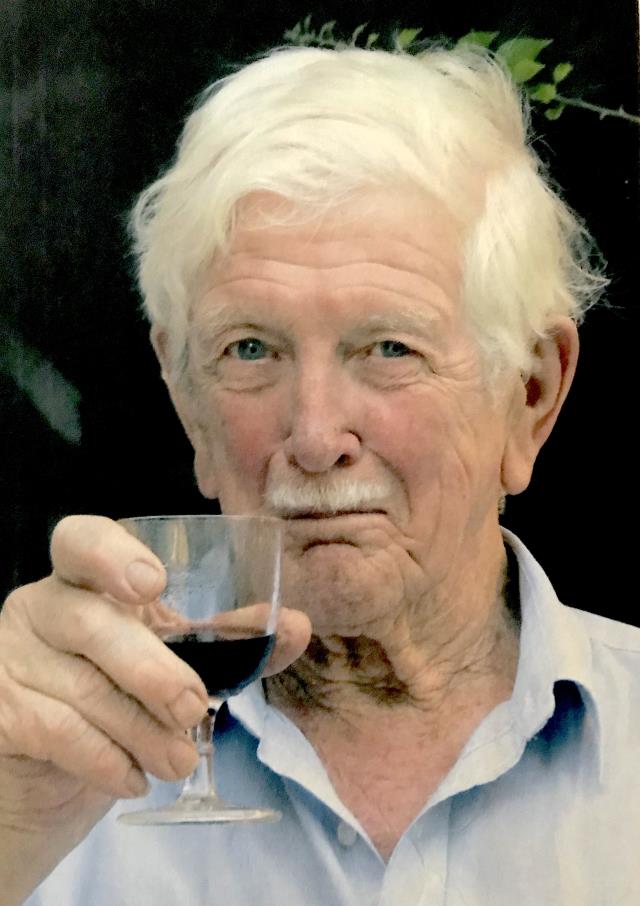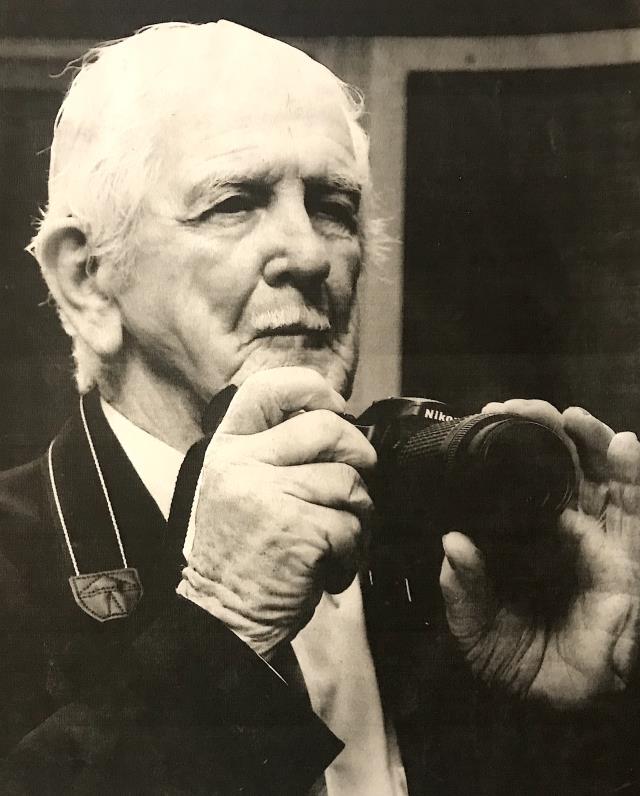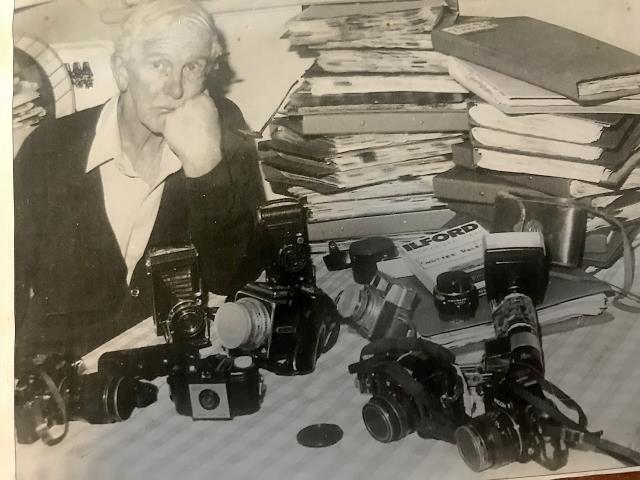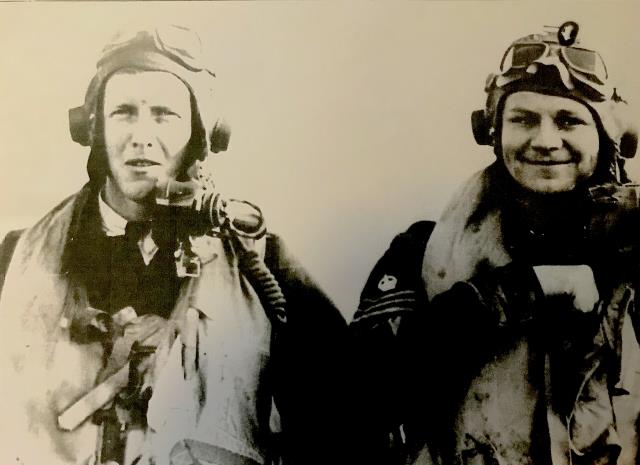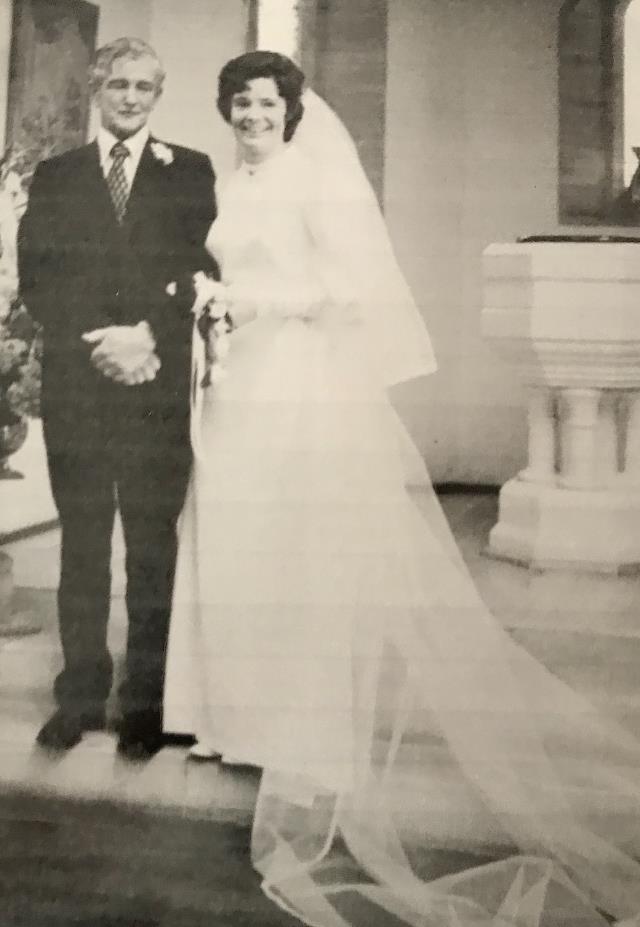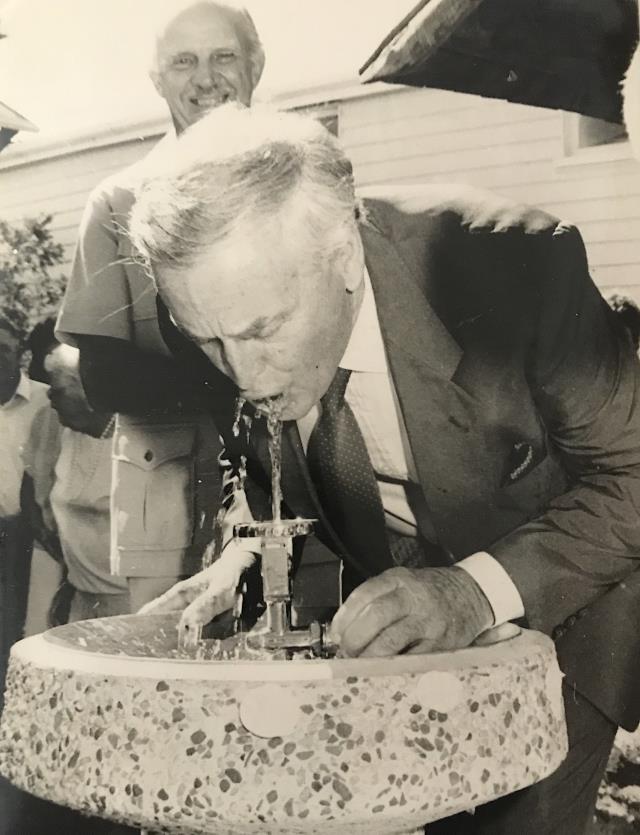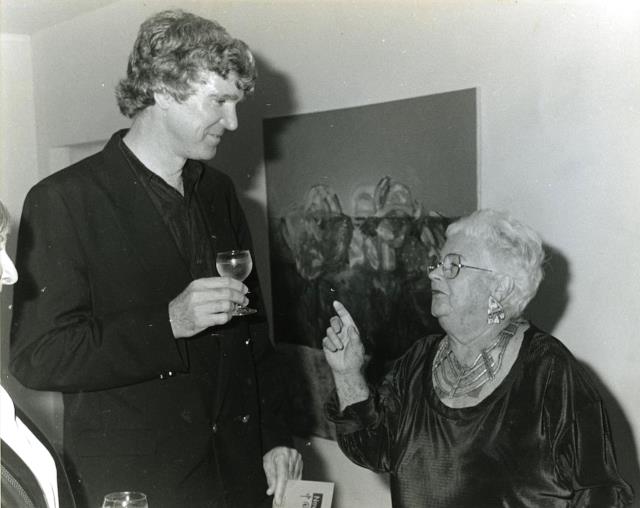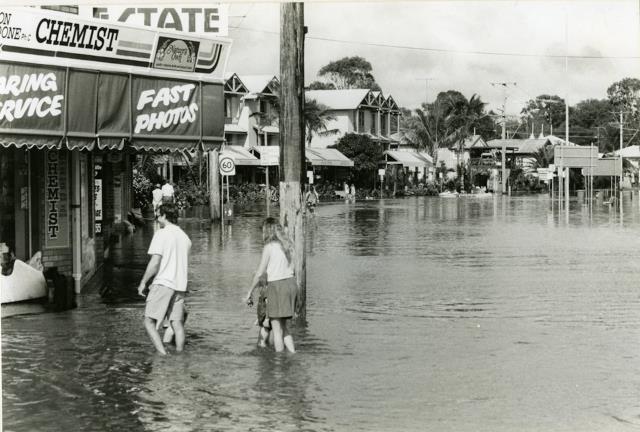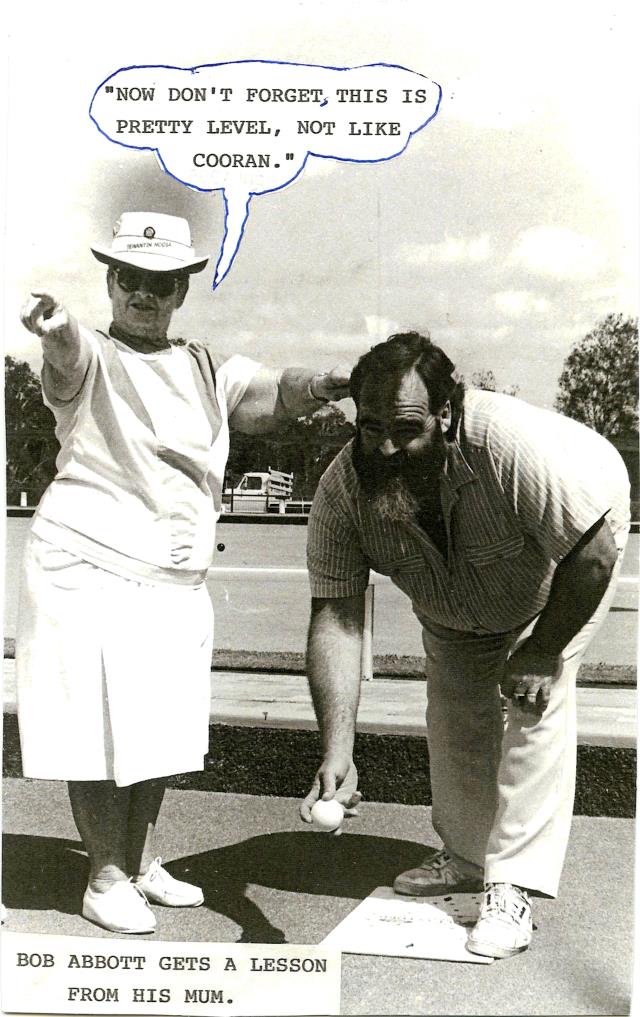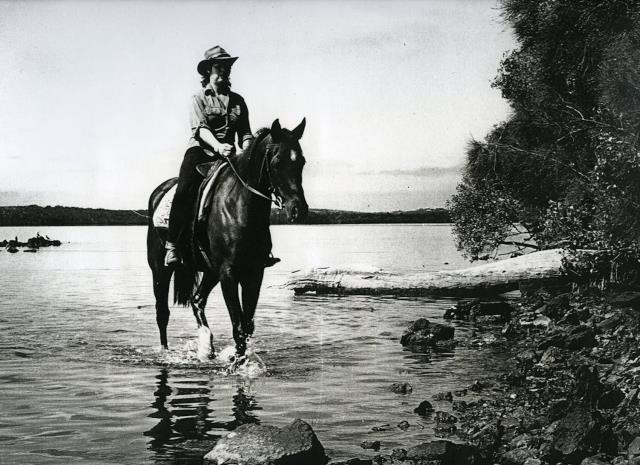One-Shot Murray would have turned 100 last month and no doubt would have received a letter from the Queen. He might have even sent back a caricature of Her Maj by way of thanking her.
But Ian Athol Murray, grazier, photographer, artist, cartoonist, airman and war hero, hung up his tools of so many trades and passed away just shy of his 99th birthday last year. In the year or so since he left us, Judith, Ian’s wife of almost 46 years, has been sorting through a voluminous collection of memories, art, and of course, photography, which is the legacy of this renaissance man and true character of Noosa.
When I first met him in the very early ‘90s, Ian had already been an all-purpose photographer for local newspapers for more than a decade, often racing from one job to the next in his trusty Suzuki, camera dangling from his neck. With no time to muck about, he would often capture the moment in just one frame, earning him the nickname and making his photographic legacy all the more remarkable.
“He had an artistic eye, says Judith, “so he’d compose the picture in his head, press the shutter once and save on film. He was Scottish, you see.”
Ian had the slightly daunting air of a retired colonel, a tall man of erect bearing with a clipped military moustache, although he wore the squatter’s uniform of blue double-pocket work shirt, moleskins and RM boots. But when you got to know him, he had a slightly wicked sense of humour and a friendly disposition. Trying to impose yourself on Noosa’s super-small media of the day, it was essential that you make friends with One-Shot and Pottsie (the late Geoff Potter) who ruled the picture world, and fortunately I did.
But at the time I had no idea of the man I was dealing with in Ian Murray. Born in Toowoomba in 1921 and educated at Toowoomba Prep and Toowoomba Grammar, he grew up on the land at the family property near Bell and worked as a jackaroo around western Queensland as World War II broke out.
In 1941 Ian headed for Brisbane with a mate to enlist in the navy. The two young men stopped for a beer at Wyreema on the Downs and met a recruiting officer for the RAAF, who was obviously good at his job. Before they’d drunk a round, the boys had signed up to become airmen.
A year later Ian started training in Sydney and flew his first solo in a Tiger Moth in November 1942. In August 1944 he was posted to 455 RAAF Squadron, based at Dallachy, North Scotland. Flying as a single pilot with the Coastal Command Beaufighters, he and navigator Don Mitchell carried out attacks on enemy shipping in Norwegian waters, flying in formation, 60 to 70 planes at or below 50 feet, to escape German radar.
On one strike, after bombing a ship in Sognefjord, he was intercepted by six German fighter planes. After dodging the enemy fighters for 10 minutes by hugging the sides of the fjord, he was able to escape, but Ian then discovered he had no instrument panel and no radio receiver. After a crippled run back to their Scottish base, he and Don made a dangerous but successful belly landing at more than 200 miles per hour.
In a do-or-die episode that has become part of RAAF history, Ian One-Shot Murray had only one shot at survival, and he took it.
After the war Ian settled on a property at Texas where he and his English wife raised a family and he became active in the Graziers Association, the Cattlemen’s Union and local politics as an Inglewood councillor. But he was a single man again when a young nurse, recently returned from working overseas, took up an appointment at the Texas hospital, where Ian was a board member.
Judith takes up the story.
“As it turned out, our parents had owned adjoining properties at Bell, so he introduced himself to me, offering me a lift to Toowoomba, if ever I should need one. We started seeing each other, the new staffer and the much older board member. He was quite a dashing chap in his late 40s, and we fell in love.”
They were married in 1974 and stayed on in Texas until 1980 when Ian sold the property and the couple moved to the holiday home at Little Cove in Noosa that Judith’s parents had built in 1959.
Says Judith: “He’d started taking photographs at Texas for the agricultural show and things like that, but when we moved to Noosa he got quite serious about it. He created a darkroom so he could print his pictures at home in the evenings. He met Julie Lake from the Noosa News and started doing jobs for them.
“It was perfect for Ian because he was a watcher, not a mixer. He rarely left home without his camera. Even when he was in care in his final years he’d have his camera by the bedside and take photos of the TV screen, just to keep his eye in. And he loved taking photos of the staff, in fact he was still taking photos the week before he died.”
When I tell Judith that what I remember most about One-Shot was his upright, military bearing and his rascally sense of humour, she says: “I suppose that’s true, but he wasn’t a joker at home. He loved sharing yarns with his mates at the RSL, but his humour came out most in his cartoons and his funny captions for his photos.
“Unfortunately, he became rather deaf from living on the land and spending too much time on a tractor without ear muffs. But his hearing was a bit selective. When a friend with whom he liked to talk politics visited, he could always hear everything she said, which he put down to her good diction.”
Everywhere in the comfortable cottage they shared are memories of Ian, a multi-talented artist whose output of sketches, cartoons, caricatures and paintings was almost as great as his photography.
While much of the art will remain private, the photographic archive is being lovingly collated and drip-fed to the Noosa Heritage Library so that we will all be able to share not only the humour of Ian One-Shot Murray, but also the memories of people and events from a fast-changing Noosa of the ‘80s and ‘90s.

